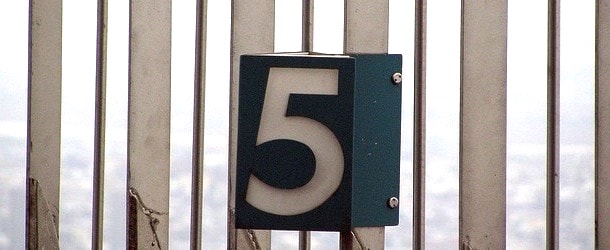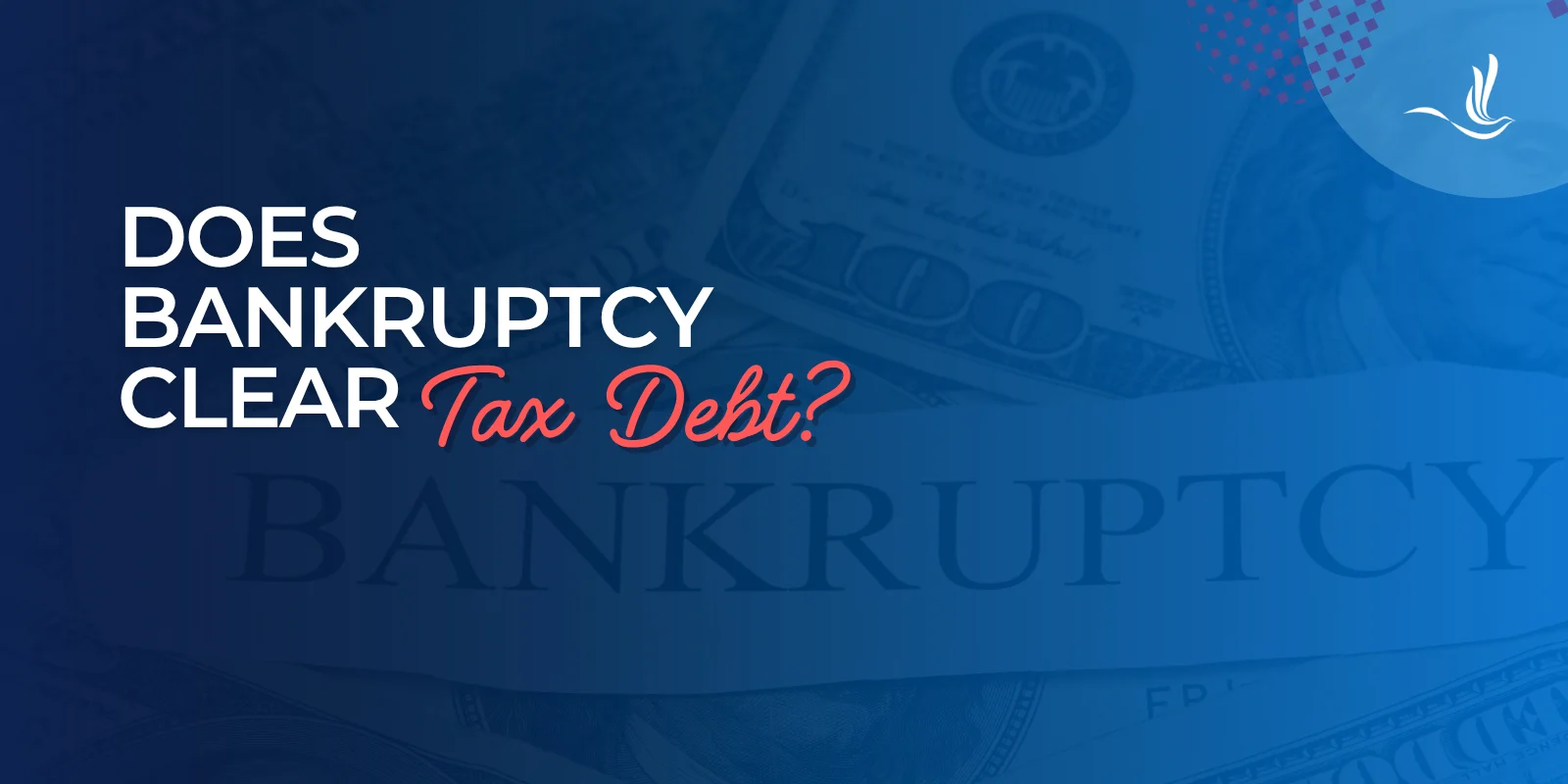Julia Giese and Jacqueline Koay
We live in an era of rapid change, complexity and uncertainty. Over recent years, severe global shocks have been frequent, with profound implications for our economy and financial system. Yet such shocks are impossible to forecast with any precision as they are not extrapolations of past relationships. Our economy and financial system are subject to longer-running trends such as technological advances, demographics, geopolitical shifts and climate change which can be blown off course or altered in unexpected ways. Where forecasts are bound to fail, strategic foresight tools can help as they are a means for practitioners to understand the dynamics of change (and how this could impact the economy and financial stability) by imagining different futures and telling stories around how trends might interact to give rise to unforeseen shocks.
It’s a VUCA world: of black swans and Knightian uncertainty
The future is unknown, unformed, unpredictable, uncertain, and yet to be determined. In the 1980s, the term VUCA (volatility, uncertainty, complexity, ambiguity) entered our vocabulary to describe an ever-changing world. A similar term is TUNA (turbulent, uncertain, novel, ambiguous). In a VUCA or TUNA world, preparing for central case outcomes may be wide of the mark. There are the things we know we don’t know (known unknowns) and there are things that we don’t know we don’t know (unknown unknowns). This is also known as Rumsfeld Matrix, after Donald Rumsfeld who used the term in a press briefing about the Iraq War.
Wild cards are low-probability, high-impact events. These are the known unknowns – hard to predict with any certainty but somewhat expected. Unknown unknowns are completely unexpected shocks, also known as black swans or Knightian uncertainty (after the economist Frank Knight), which Keynes referred to as matters about which ‘there is no scientific basis on which to form any calculable probability whatever’. Both types of events are not forecastable with any precision using quantitative measures.
From uncertainty around the future to a set of futures
Where forecasts are not robust to substantial shocks or structural changes, tools to imagine different futures can help. The Government Office for Science uses the terms ‘Multiple Futures’ and ‘The Cones of Uncertainty’ in their futures thinking and foresight tools to make sense of possible future change, explore the dynamics and uncertainties of that change, describe what the future might be like and understand potential implications (Figure 1).
Figure 1: The cone of uncertainty
Source: Government Office for Science.
Rather than putting all our eggs into one proverbial basket and ignoring the possibility that other baskets exist, strategic foresight advocates being prepared for other plausible eventualities – for different futures. Scenario planning allows us to bring these different futures to life.
Scenario planning has been used by many governmental bodies as well as large companies as a tool for framing strategic conversations for the purpose of facilitating organisational preparedness. For example, Shell has developed scenarios for around 50 years, allowing the organisation to respond, among others, to the oil price shocks of the 1970s. And governmental departments across a wide set of countries have also been at the forefront of strategic foresight. Policy Horizons Canada, Singapore’s Centre for Strategic Futures and the EU’s European Strategy and Policy Analysis System regularly publish reports on future trends and scenarios. In the UK, the Government Office for Science has produced a Futures Toolkit to enable wider adoption of the approach as well as a Trend Deck. Moreover, some international organisations have a strategic foresight unit. For example, the OECD’s unit publishes scenarios reports and regularly convenes seminars and conferences for public sector strategic foresight practitioners from across the globe.
However, central banks have yet to embrace this approach fully as a complimentary tool to more traditional forecasting or risk assessment tools. In organisations where decisions are made based on data (even if the data is imperfect and incomplete), a cultural shift may be needed to begin exploring possibilities that do not only rely on probabilities based on historical distributions. Some change is afoot as policymakers at central banks have had to respond to the 2008 global financial crisis and more recent global shocks.
Scenario analysis has been used by central banks and regulators in the context of stress testing financial institutions. For example, the Bank of England’s System-wide Exploratory Scenario was specifically designed with a list of sensitivities to uncover further issues when a shock is introduced to the system, and the Climate Biannual Exploratory Scenario explored long-term risks to financial institutions from climate change. Moreover, Dr Ben Bernanke looked into recent forecast performance of the Bank of England’s Monetary Policy Committee and substantial reforms are underway to update processes around analysis for monetary analysis, including paving the way for introducing scenarios in addition to the central forecast.
However, the type of scenario analysis described in this article considers a longer time horizon as well as a broader range of interacting changes, including societal and environmental developments that could present both upside and downside risks. Moreover, the Bank’s Independent Evaluation Office report of horizon scanning notes the value of a more systematic and joined up approach to horizon scanning. We believe that there would be great benefit in adopting strategic foresight tools in central banking to explore longer-term trends and structural changes, shifting focus to stories around plausible futures, often at a time horizon far beyond what we might typically seek to forecast (Figure 2). This would also support strategic vision, internally and externally: some central banks have anchored their overall strategy around futures thinking (the Central Bank of Ireland stresses the ‘future-focused’ element of their strategy).
Figure 2: The TUNA environment and why traditional ways don’t really work
Source: © Jacqueline Koay (2024).
The art of scenario planning
Scenario planning can help facilitate deep, forward-looking discussions that can crystallise priorities and ensure that policies are robust to alternative futures with broad applications in data-driven organisations like central banks – be this for analysis supporting policymakers or for corporate strategy.
The approach also allows for identification of unconscious baseline assumptions – the so-called ‘ghost scenario‘. We might think that we take a long-term view, but by focusing on one version of the future, typically extrapolated from the past, we fail to see alternative challenges arising. By exploring different scenarios, with orthogonal developments, scenario planning can overcome this bias, by ‘reframing’ one’s mind. Take the London 2012 Olympics. Residents were told to avoid public transport. Having taken the tube to work for years, one of the authors of this post started cycling. After initial challenges, I never looked back – my mind had been reframed by an intervention that required thinking (and acting) differently. Scenarios planning can provide precisely this intervention.
One of the methodologies to develop scenarios is the Oxford Scenario Planning Approach (OSPA). The OSPA approach starts with defining a very clear purpose and determining the exact intended use for the planning process. To develop scenarios, one might then establish a four-by-four grid along two axes, with each axis representing a particular driver of structural change (such as speed of technological adoption or increasing geopolitical fragmentation). Scenarios are then developed for each quadrant using the inherent characteristics of the axes and additional assumptions. Another technique in the scenarios toolkit involves manufacturing scenarios from analysing data or information of new and emerging trends and looking for patterns in the data to develop a story (‘scenario’) that could explain the patterns. Systems thinking can be introduced by exploring the interconnectedness of a scenario’s underlying trends, and how these relationships could potentially interact with one another to bring about new, long-term structural changes.
This approach, whichever technique is employed to build the scenarios, is inherently inclusive. It works best if a diverse set of inputs is sought, and people with different viewpoints come together. In our experience, people enjoy the experience of scenario building and discussing the ‘so what’. It unleashes creative potential that is often confined to team-building exercises and frees the mind to think differently, to ‘reframe’. And importantly, given the wealth of published material in this space, it does not have to be too resource intensive. Trends or scenarios from other organisations can serve as a starting point for a more bespoke exercise, where in the case of central banks, the economic or financial stability consequences of specific trends or scenarios can be worked out in more detail.
The beauty of scenario planning, and strategic foresight more broadly, is that the foundation is plausibility, not probability. This complements approaches typically used in central banks such as data analysis, stress testing and modelling, adding qualitative techniques to the toolkit that allow explicit exploration of uncertainty and unknowns.
Julia Giese works in the Bank’s International Surveillance Division and Jacqueline Koay works in the Bank’s Emerging Risks and Special Projects Division.
If you want to get in touch, please email us at [email protected] or leave a comment below.
Comments will only appear once approved by a moderator, and are only published where a full name is supplied. Bank Underground is a blog for Bank of England staff to share views that challenge – or support – prevailing policy orthodoxies. The views expressed here are those of the authors, and are not necessarily those of the Bank of England, or its policy committees.
Share the post “Once upon a time in the future: strategic foresight in central banks”
Publisher: Source link











